CRISPR gene-editing removes SOX2 gene and eliminates 50% of head and neck tumors in mice, offering new hope for targeted cancer therapy.
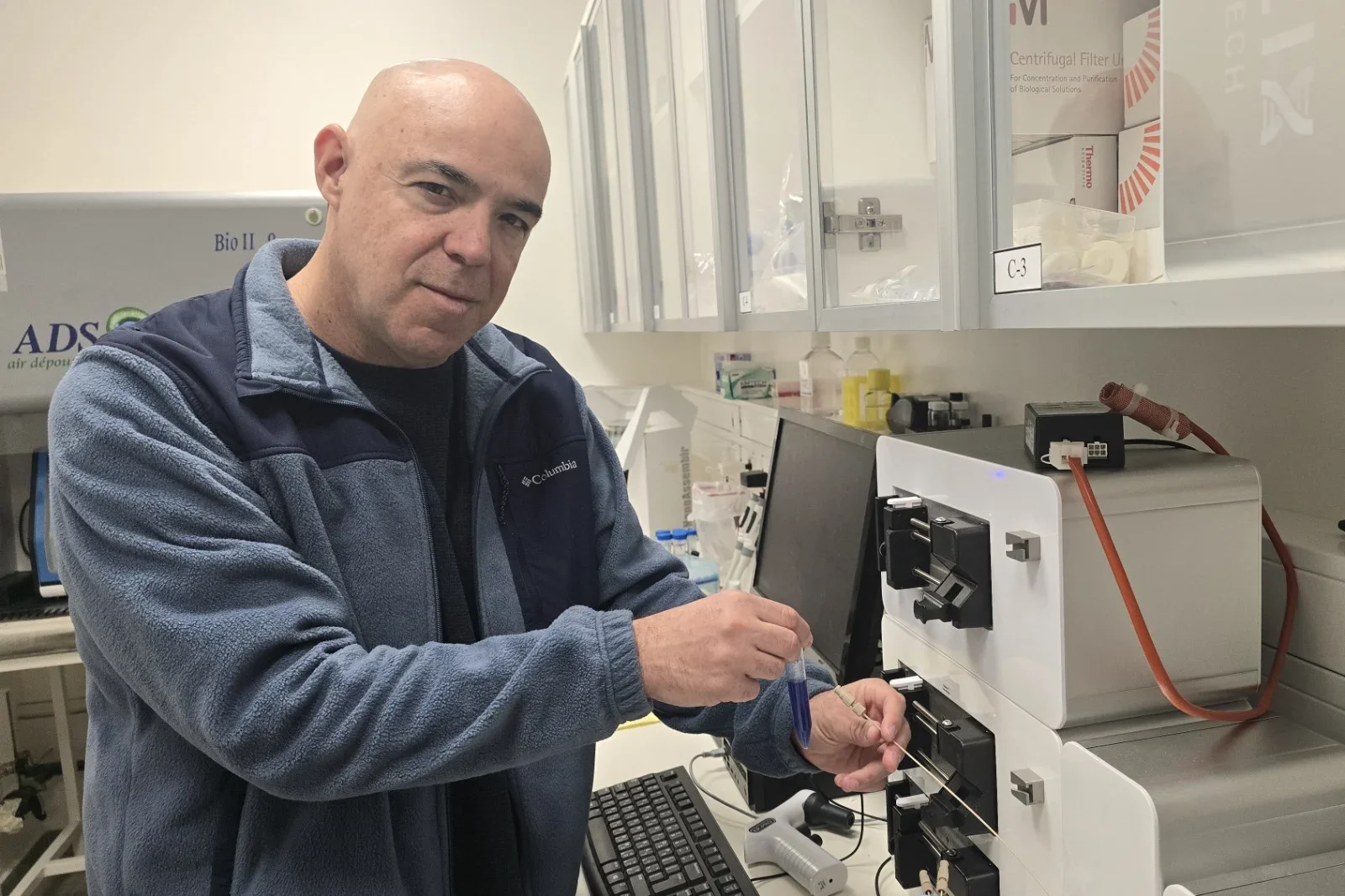

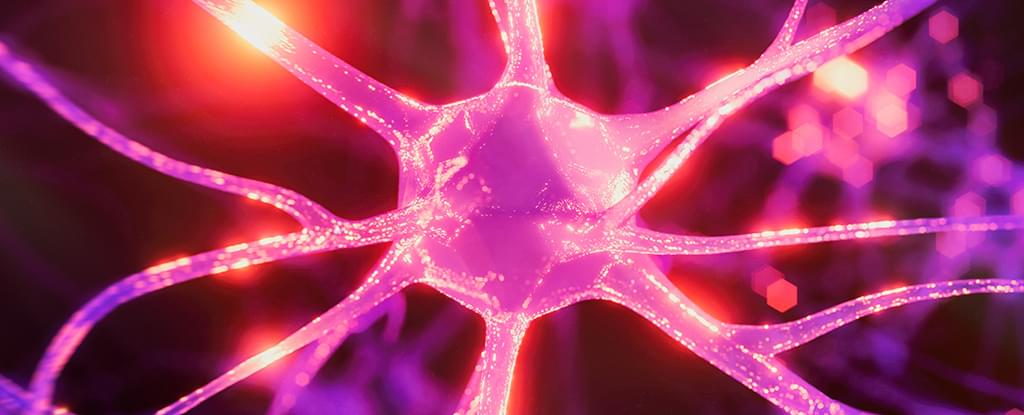
A new model of Alzheimer’s disease has been proposed, which could speed up efforts to understand and cure the complex condition – while bringing all manifestations of the condition under one unifying theory.
Researchers from Arizona State University suggest that stress granules – protein and RNA clumps that form around cells in stressful conditions due to genetic and environmental risk factors – are the primary culprit behind the disease.
In their new study, the team reviewed data from multiple health databases and past papers – particularly a 2022 study on Alzheimer’s progression – to identify widespread changes in gene expression that come with it.
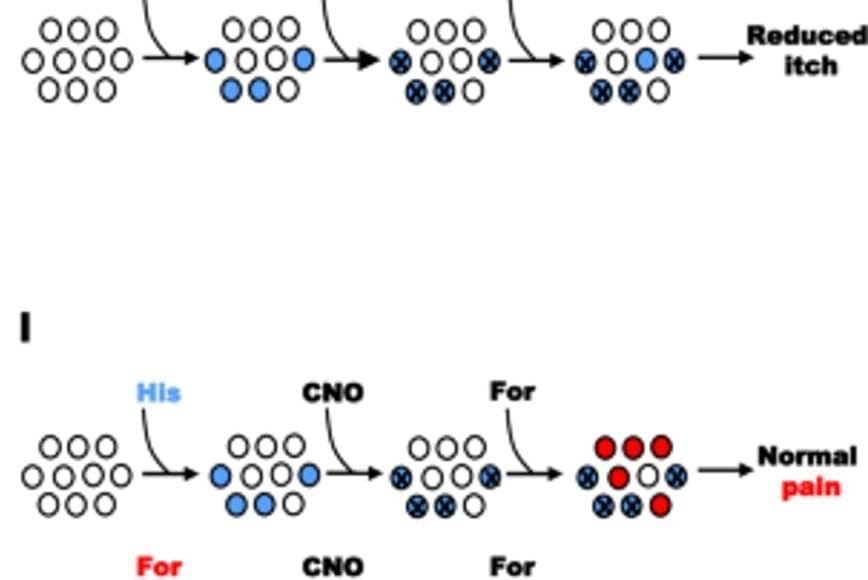
1. Non-selective neurons, which respond to both pain and itch stimuli indiscriminately.
2. Stimulus-specific neurons, which were selectively activated by either pain or itch stimuli.
Furthermore, using the dual-eGRASP technique—an advanced synaptic analysis method the research team discovered that stimulus-specific neurons in the ACC receive distinct synaptic inputs from the mediodorsal thalamus (MD). This finding indicates that pain and itch are processed by independent neuronal populations within the ACC, which receive differentiated synaptic inputs, providing fundamental insights into the neural mechanisms of pain and itch processing.
To further confirm the role of these neurons, the team used chemogenetic techniques to selectively deactivate either pain-specific or itch-specific neurons. The results showed suppressing pain neurons reduced pain perception without affecting itch, and vice versa. This discovery suggests that these neurons play a direct role in shaping how we experience pain and itch.
A research team have uncovered the neural mechanisms underlying the processing of pain and itch in the anterior cingulate cortex (ACC). This study provides new insights into how the brain distinguishes between these two distinct sensory experiences.
Pain and itch are both unpleasant sensations, but they trigger different responses—pain often prompts withdrawal, while itching leads to scratching. Until now, scientists have struggled to understand how the brain processes these sensations separately, as they share overlapping neural pathways from the spinal cord to the brain.
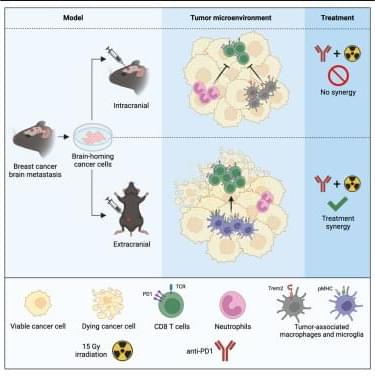
Wischnewski et al. demonstrate suppressed CD8+ T cell cytotoxicity in breast cancer brain metastases, contrasting with genetically identical extracranial tumors. Neutrophils and Trem2+ macrophages drive this suppression, limiting the efficacy of combined irradiation and anti-PD1 therapy, highlighting potential therapeutic targets for brain metastases.


In this study, researchers engineered an attenuated strain, Designer Bacteria 1 (DB1), which efficiently survives and proliferates in tumor tissues while being cleared in normal tissues, achieving a remarkable “tumor-targeting” effect as well as “tumor-clearing” effect.
To understand how DB1 simultaneously achieves these effects, researchers investigated the interactions between the bacteria and tumors. They discovered that DB1’s antitumor efficacy is closely linked to tissue-resident memory (TRM) CD8+ T cells within the tumor, which are reinvigorated and expanded following DB1 therapy. Interleukin-10 (IL-10) plays a crucial role in mediating this effect, with efficacy depending on the high expression of interleukin-10 receptor (IL-10R) on CD8+ TRM cells.
To investigate the molecular mechanisms underlying the high expression of IL-10R on CD8+ TRM cells, researchers conducted a series of computational and quantitative experiments. They found that IL-10 binds to IL-10R on CD8+ TRM cells, activating the STAT3 protein and further promoting IL-10R expression. This established a positive feedback loop, enabling cells to bind more IL-10 and creating a nonlinear hysteretic effect, whereby CD8+ TRM cells “memorize” previous IL-10 stimulation during tumorigenesis. The high expression of IL-10R on CD8+ TRM cells was exploited by a bacteria-induced IL-10 surge, which activated and expanded CD8+ TRM cells to clear tumor cells.
To examine the source of IL-10 within the tumor microenvironment (TME) after bacterial therapy, researchers found that tumor-associated macrophages (TAMs) upregulate IL-10 expression following DB1 stimulation via the Toll-like Receptor 4 (TLR4) signaling pathway. Interestingly, IL-10 reduced the migration speed of tumor-associated neutrophils (TANs), aiding DB1 in evading rapid clearance. These processes depended on high IL-10R expression in tumor-associated immune cells, highlighting the critical role of IL-10R hysteresis.
A research team elucidated the mechanism behind bacterial cancer therapy using a genetically engineered bacterial strain. Their findings were published in Cell.
Exploring the use of antitumor bacteria in cancer therapy dates back to the 1860s. Despite this long history, however, clinical application of bacterial-based cancer therapy has faced significant challenges in terms of safety and efficacy.
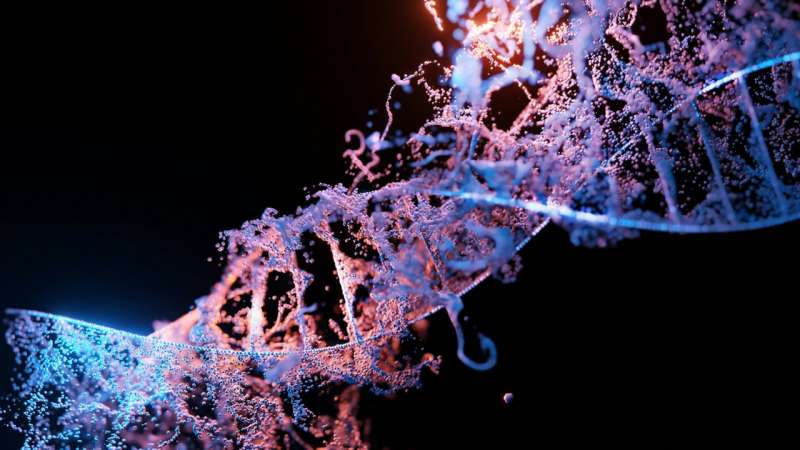
In humans and other multicellular organisms, cells multiply. This defining feature allows embryos to grow into adulthood, and enables the healing of the many bumps, bruises and scrapes along the way.
Certain factors can cause cells to abandon this characteristic and enter a zombie-like state known as senescence where they persist but no longer divide to make new cells. Our bodies can remove these senescent cells that tend to pile up as we age. The older we get, however, the less efficient our immune systems become at doing so.
“In addition to no longer growing and proliferating, the other hallmark of senescent cells is that they have this inflammatory program causing them to secrete inflammatory molecules,” said Peter Adams, Ph.D., director and professor of the Cancer Genome and Epigenetics Program at Sanford Burnham Prebys and senior and co-corresponding author of the study.


Big data has gotten too big. Now, a research team with statisticians from Cornell has developed a data representation method inspired by quantum mechanics that handles large data sets more efficiently than traditional methods by simplifying them and filtering out noise.
This method could spur innovation in data-rich but statistically intimidating fields, like health care and epigenetics, where traditional data methods have thus far proved insufficient.
The paper is published in the journal Scientific Reports.
Join us on Patreon! https://www.patreon.com/MichaelLustgartenPhD
Discount Links/Affiliates:
Blood testing (where I get the majority of my labs): https://www.ultalabtests.com/partners/michaellustgarten.
At-Home Metabolomics: https://www.iollo.com?ref=michael-lustgarten.
Use Code: CONQUERAGING At Checkout.
Clearly Filtered Water Filter: https://get.aspr.app/SHoPY
Epigenetic, Telomere Testing: https://trudiagnostic.com/?irclickid=U-s3Ii2r7xyIU-LSYLyQdQ6…M0&irgwc=1
Use Code: CONQUERAGING
NAD+ Quantification: https://www.jinfiniti.com/intracellular-nad-test/